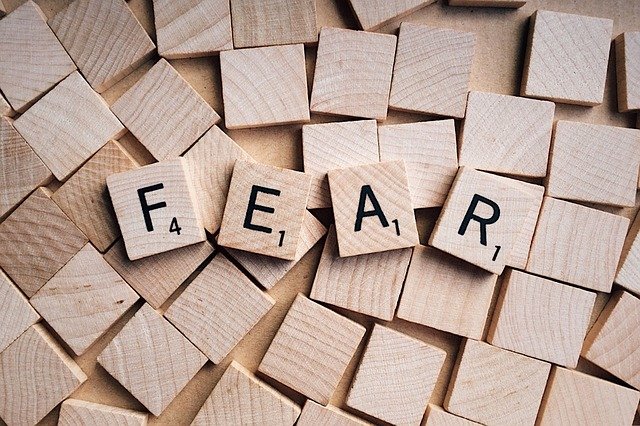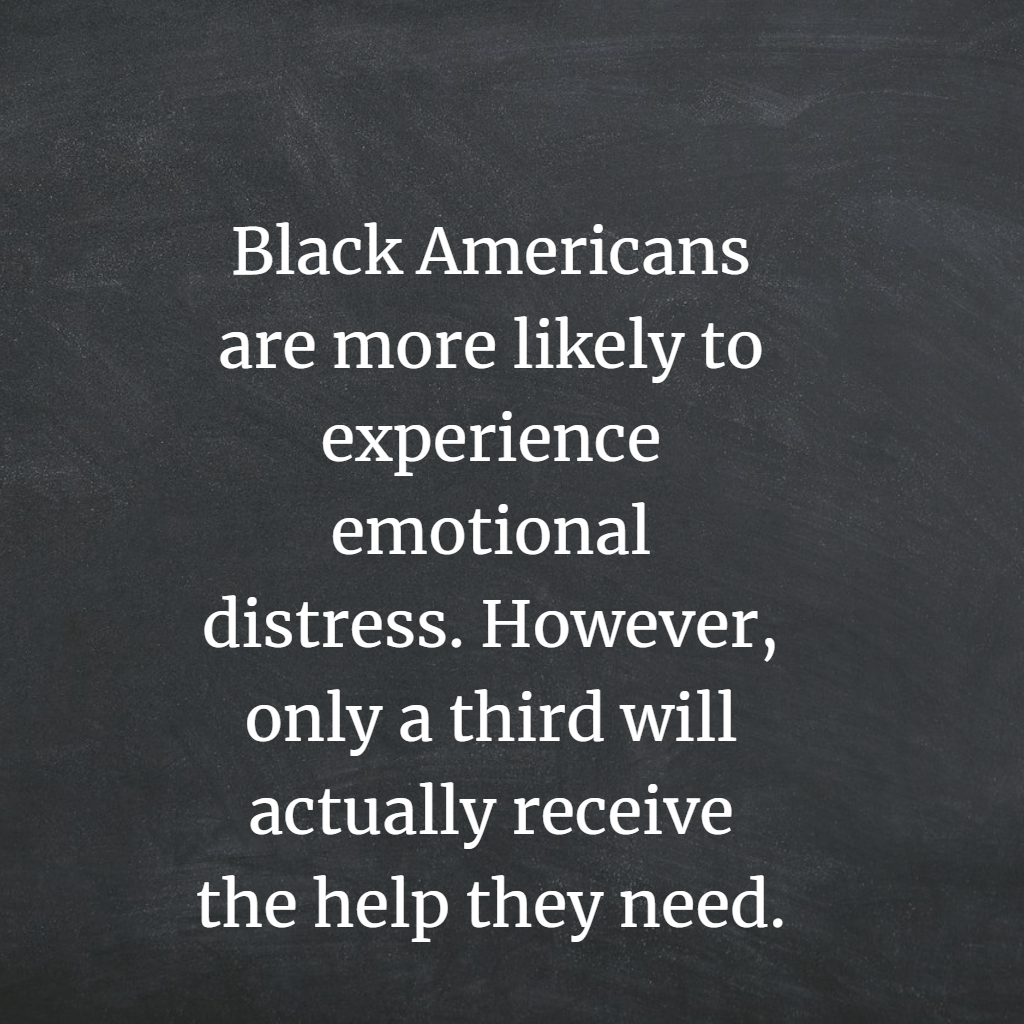Despite tremendous advancements in the field of psychology, there is still a great deal of stigma surrounding mental health conditions.
This stigma can create extra barriers for those living with mental illnesses to overcome.
What Mental Health Causes Stigma
Stigma of any kind can typically be traced back to one of two sources, fear or lack of understanding.
Before the birth of modern, social sciences, mental illnesses were thought to be the result of possession by demons. This caused widespread fear.
Fear is still a big reason why mental health stigmas persist. In modern times, it’s not fear of demons or evil spirits that drives stigmas. It’s fear of violence.
Fear of violence from those living with mental health challenges is extremely misguided. Research shows only 3%-5% of violent acts are committed by those with a serious mental illness
Even though we now have a better understanding of the causes of mental illness and other mental health challenges, the stigma surrounding mental health has increased substantially since the 50s.
The stigmas of mental illness can create a variety of challenges for those living with a mental health issue.
Challenges can include:
- Resistance to getting treatment
- Worsening symptoms
- Hopelessness
- Low self-esteem
- Problems socializing
Stigma even hinders recovery. Research shows the more intense the stigma, the more difficult the recovery process is likely to be.
Types Of Stigma
There are three main types of stigma those living with mental health challenges will experience.
Self-stigma-A feeling of negativity or shame that people with a mental illness have about their own condition
Public stigma-Negative attitudes or thoughts that other individuals have about mental illness
Institutional stigma-Policy set by organizations that intentionally or mistakenly leads to additional challenges for individuals living with mental illness
How To Cope With Stigma
The negativity of mental health stigma isn’t something that simply has to be accepted. There are several strategies and coping mechanisms to fight the negativity.
Positive self talk-Many times the self-stigma of mental illness can create your biggest mountain to climb. It’s difficult not to let the opinions of others change what you think about yourself.
When you have negative thoughts about yourself challenge them with the opposite statement or positive thoughts.
Don’t Bottle It up-When living with a mental illness it can be tempting to keep everything inside. Don’t do this. Share your feelings and what you’re going through with those close to you. Connecting with others and expressing your thoughts is a very powerful tool for overcoming many of the challenges stigma creates.
Remind yourself you are more-You are more than your illness. Make a list of your positive attributes and remind yourself of them. Change the way you identify. Instead of saying I am bipolar. Tell yourself I have bipolar.
Find a support group-There are local and national support groups for people living with mental illness. These groups give you an opportunity to express yourself, learn from others, and find the support that you need.
Reducing Stigma
There is no one-size-fits-all solution for fighting stigma. Successfully changing opinions about mental illness requires multiple approaches.
However, there are some approaches that tend to be more successful than others.
Person-to-person contact-Getting to know someone who is successfully living with a mental illness is one of the best ways to combat stigma.
Person-to-person contact helps to stop stigma because we are able to see individuals living with a mental illness for exactly what they are, people who happen to be living with a particular set of challenges.
This helps put things in perspective as we realize each of us faces our own unique challenges.
Become an Advocate-When you have the chance shed light on misconceptions about mental illness. If you hear someone speaking negatively take the opportunity to gently correct them. Advocating not only provides support for those living with a mental illness, it creates a ripple effect as you begin to shift other people’s mindsets and opinions.
Words Matter-As the old saying goes, it’s not what you say, it’s how you say it. It takes only a small shift in vocabulary to change a situation from being offensive to being welcoming.
For example, is commonplace to hear the phrase crazy used to describe someone who has a mental illness or may have a mental illness. Words such as crazy naturally have a negative connotation and therefore portray people in a negative light.
It’s also a good idea to use people first language whenever possible.
Using people first language is a way of addressing someone without defining or attaching them to their disability or illness.
For example, instead of using the phrase “bipolar person”, use the phrase “a person living with bipolar”.
Stigma In Communities Of Color
 On average, 25% of the population will experience a mental illness during their lifetime. However, in communities of color, the chances of developing a mental illness are quite a bit higher.
On average, 25% of the population will experience a mental illness during their lifetime. However, in communities of color, the chances of developing a mental illness are quite a bit higher.
Oftentimes seeking help for a mental illness is viewed as a sign of weakness in communities of color, especially African-American communities.
Many African-Americans also have to overcome a religious stigma as well.
As many think mental health issues are a result of lack of faith or not praying enough.
Developing a stronger faith or becoming more religious is often chosen as a remedy over seeking professional help.
Also, many in black communities report being more uncomfortable talking about their health with friends and family when compared to members of the white community.
The stigma and discomfort experienced by African-Americans when dealing with mental health issues may stem from a history of negative experiences with the healthcare system in general.
Historically, African Americans have faced discrimination, cultural incompetency, and challenges accessing healthcare.
Each of these negative experiences has helped create the distrust and apprehension many African Americans feel toward the medical community.
Summing Up Stigma
Stigma continues to be a problem for those living with mental illness. Despite the progress that has been made in the field of psychology stigmas surrounding mental illness have only increased since the 1950s.
- Stigma comes from one of two places fear or lack of understanding
- There are three types of stigma self-stigma, public stigma, and institutional stigma
- Strategies for coping with stigma include positive self-talk, making sure you express your feelings, reminding yourself you are more than your illness., And joining a support group.
- Interacting with someone who has a mental illness, becoming an advocate, and using the right language are three simple ways to help reduce stigma.
Stigma can often be found in black communities as a result of negative experiences with the healthcare system and cultural challenges.

